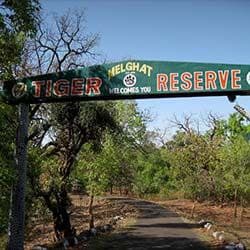“Nothing adventured, nothing attained”- Peter Mcwilliams.
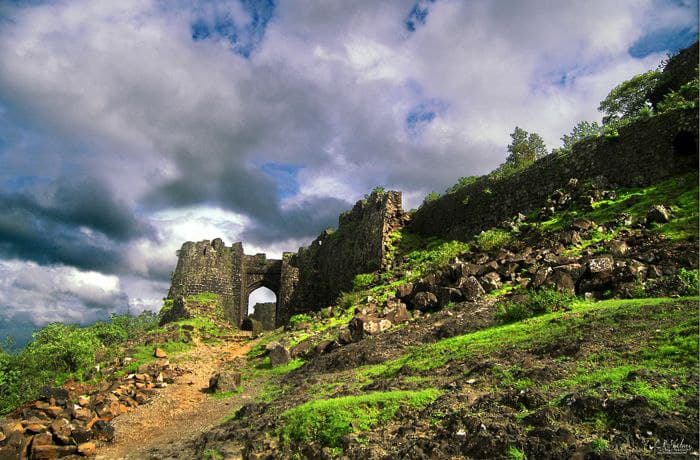
The fort takes its name from the Gawli (cow herds) who inhabited the Berar (modern day Amravati) for centuries. Earlier the fort was likely just made of mud as were several such areas in the region. The exact date of construction is not known but the Persian historian, Firishta, records that Ahmed Shah Wali, the ninth king of the Muzaffarid dynasty built Gawilgarh when he was encamped at Ellichpur in 1425. Likely this was the date when major fortification was carried out.
In 1803 during the 2nd Maratha War the fort was besieged by Arthur Wellesley (later Duke of Wellington). After two failed attempts at the main gate by British and Sepoy companies, and many casualties, Captain Campbell led the 94th Scottish Brigade (light company) up the ravine dividing the inner and outer forts and into the inner fort by escalade. The Scots then forced the northern gatehouse and opened the many gates, allowing the remaining British forces entry. The British suffered few casualties in the final assault (approx. 150). The fortress was returned to the Marathas after making peace with the British but they abandoned it.
The fort has several inscriptions in Persian recording the date of building of each of its seven gates. It has two water tanks (Devtalav and Khantalav), which would have been the main water source in case the fort was besieged. Within the fort the ruins of a mosque are the most conspicuous. It stands at the highest point in the inner fort and is built in the Pathan style of architecture. The mosque has a square canopy with intricate stone lattice work and a seven arched façade. The mosque originally had two minarets, only one of which is intact today.
Akola fort along with the Narnala and Akot forts forms the major fortifications of the Akola district, Maharashtra, India. Its earliest form of mud was made by one Akol Singh to protect the village. He saw a hare chasing a dog and considering this to be an auspicious sign, he built an earthen wall here to protect the village. Akola was heavily fortified in 1697 CE during the reign of Aurangzeb by Asad Khan, from whom the fort took its name (Asadgad). In 1803, Arthur Wellesley camped here before proceeding to win the Battle of Argaon in the Second Anglo-Maratha War. The fortress was dismantled by the British Raj in about 1870. It was reported in 1910 in a district gazetteer that the central part of the fort (the hawakhana) was used as a school
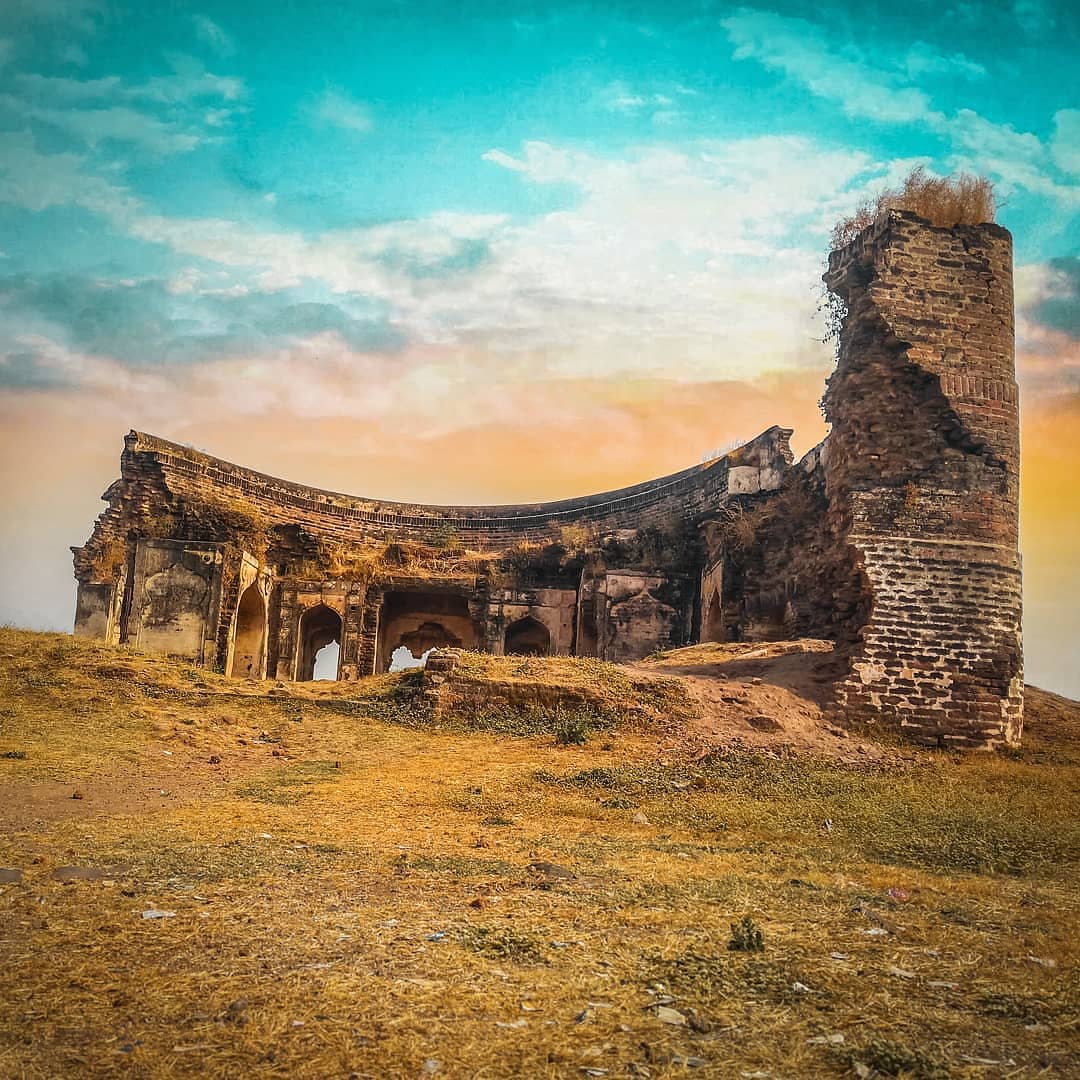
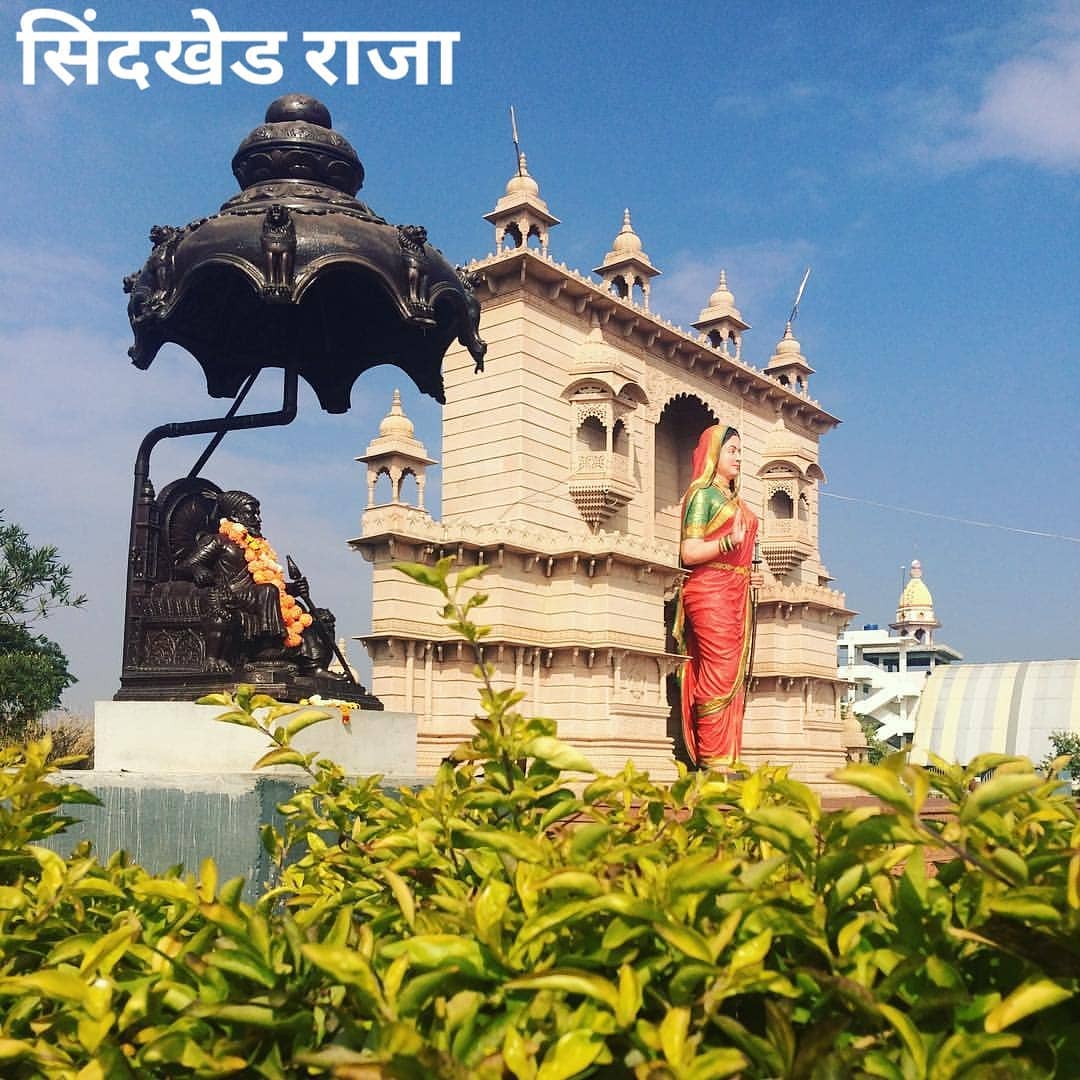
Jijamata, (Rajmata Jijau) was born on 12 January in 1598, at Sindhkhedra in Buldhana district. Rajmata Jijau was the Matoshree of Chhatrapati Shivaji Maharaj, the founder of the Hinduvi empire.Today this place is not only a historical place but also a tourist destination. Jijau Maa Saheb was born on 12 January 1598 in the Bhuikot palace. The Rajwada, which has an impressive grand entrance, is situated near the Mumbai-Nagpur highway in Sindhkhed Raja. There is also a garden built in the same area of municipality. Here is the place of worship of Lakhujirao Jadhav. This magnificent thing is bigger than the whole Hindu Rashtra Samadhi of India. The place where Jijau played the color is the palace of the palace. In this Mahal, the marriage of ShahajiRaje and Jijau was discussed.
Here is the ancient temple of Nilkanteshwar, the inscription inscribed by the King Lakhujirao Jadhav for the revival of the temple. In front of this temple there is a massive bar arranged by stairs to the bottom of the square. The Hemadpanthi Rameshwar Temple is in the 8th to the 10th century. A beautiful example of the formation of the great forts during the tenure of Rajerao Jagadevrao Jadhav was that of Kalkoth. The timeless walls of this superb and strong, are 20 feet wide and the same height. In addition to this, there is a 40-foot-tall walled fort called Sachkarwada, which can be seen on an intersection, there are internal roads, well inside, wells, sub-basement and subway. So the entrance of this object is also very beautiful.
Moti lake is a very good way of releasing water for irrigation and a very good example of water irrigation. The front part of this lake is built like a fort, and the area of excavation is beneficial. Besides Chaitanya, the awning lake is also a tourist attraction. A three-storey building has been built in the middle of the pond. This is a statue built in a very streamlined manner.This means that the sculpture made by the use of numerous idols and sculptures together Also, there is a bhajnabai well, in those days, water was supplied through the well drained canals, and there is also a stairway to reach the bottom.
Bhimkund is a Natural blue water tank located at a distance of around 78 km from Chhattarpur district, on the way from Chikhaldara to Pratwada. An old mythological goes that Bhim killed Kichaka and threw him in this valley, giving it the name Kichakdara. He then took a bath in the nearby lake and it is thus called 'Bhimkund'.
It is believed that the depth of Bhimkund can't be measured and locals observed the water level of Bhimkund rising to 30 metres when the Tsunami hit the shoreline in 2004.
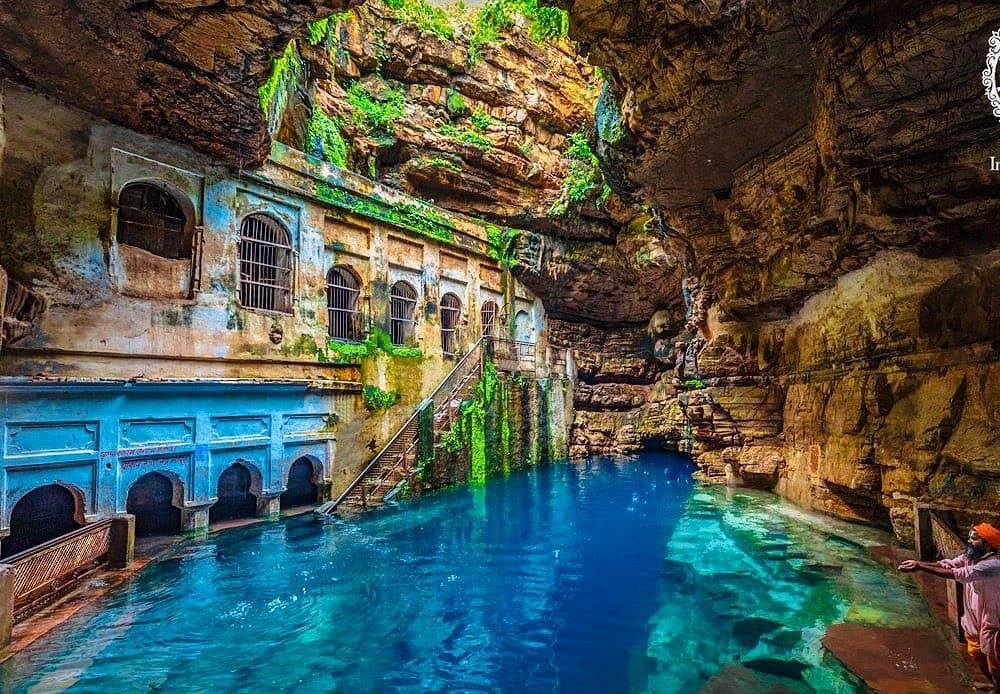
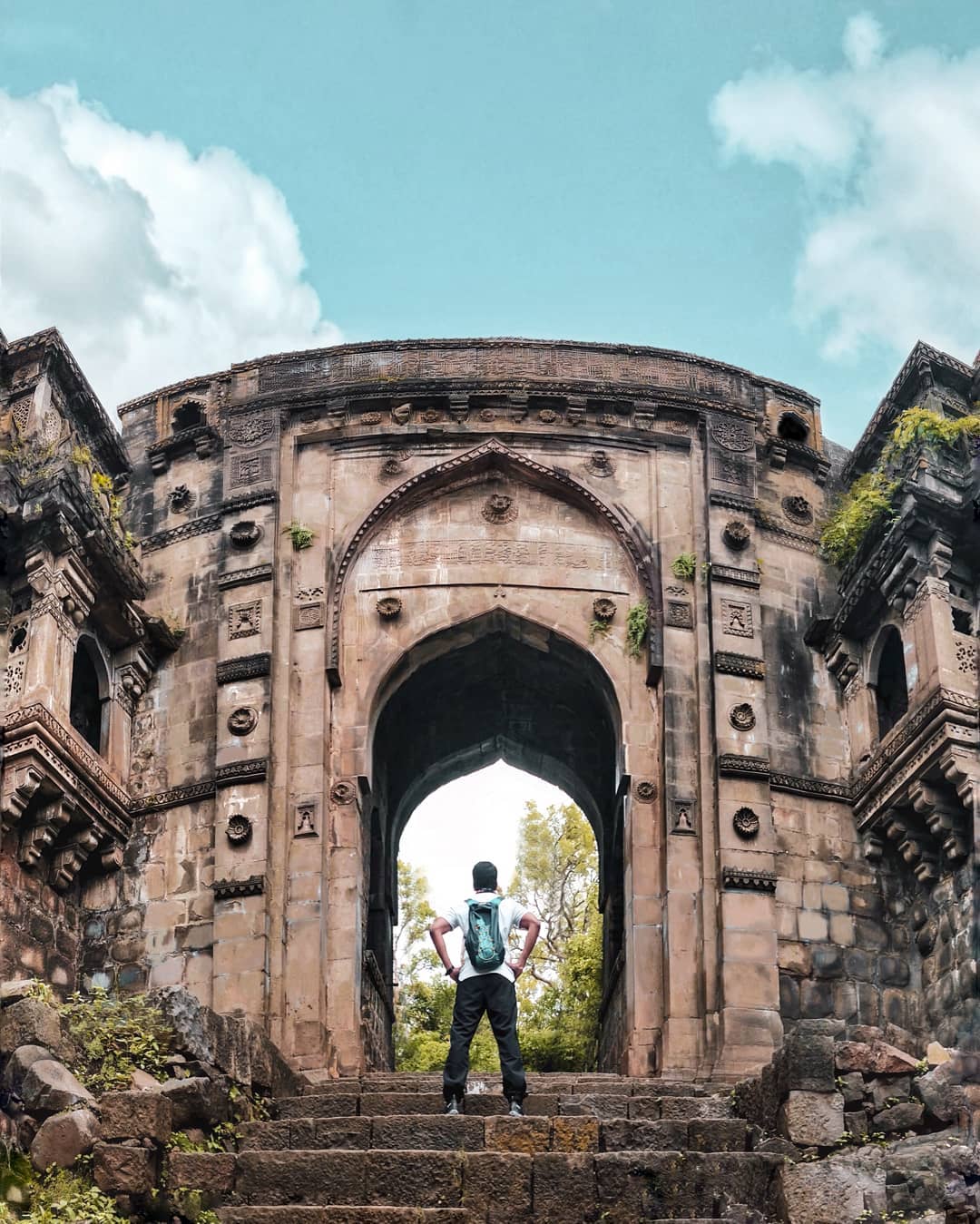
Resting tall and strong on an unaccompanied hill of the Satpura mountain range, the Narnala Fort stands as a testimony to the Mughals' rich history and their remarkable architecture. This magnanimous fort was one of the thirteen 'sarkars' of Berar Subah and houses intriguingevidences of the majesty of the Mughal Dynasty, including the famous 27-foot cannon- Kadak Bijli. Perched upon a secluded hill at a height of 973 meters, the Narnala Fort offers a panoramic view of the Satpura ranges. Surrounded by a blanket of green and with a backdrop of the bright blue sky, the mesmerising glory of the fort is truly iconic.
This enormous fort is composed of three smaller forts- Zafarabad on the east, Narnala in the middle and Teligarh towards the west. It was originally built by the Gond Dynasty in 10 A.D. and was named after the prestiged Rajput King, Narnal Singh but was taken over by the Mughals in the 15th century. Ever since, it was named Shahnoor Fort and has been the point of interest of many Mughal emperors. Not just that, it was also the birth place of Emperor Aurangzeb's very own great grandson. The renowned Muslim saint, Hazrat Burhanuddin Bagh Sawar Wali, used to set up camp at the fort quite often and claimed to have spotted many white tigers roaming about in the fort!
Narnala Fort or Narnala Killa Sarkar, also known as Shahnoor Fort, is a hill fortress in the Satpura Range of Vidarbh, Maharashtra, India, named after the Rajput Solanki Chaulukya Ruler, Raja Narnal Singh, also known as Narnal Singh Swami. It was renamed as "Shahnoor" by Islamic rulers but again acquired, rebuilt and got its name "Narnala" by ruler RaoRana Narnal Singh Solanki, who migrated from Rajasthan, Tonk district, originally by Patan, Gujarat and was a descendant of Narnal Singh Swami.
Muktagiri is famous pilgrimage centre dedicated to Jainism located in Maharashtra-Madhya Pradesh border in the central part of Indian. It is a collection of 52 temples situated on the Satpuda Mountain ranges amidst lush greenery very close to a breathtaking waterfall. The picturesque location is mind-stirring, especially during monsoons when the waterfall gushes with gallons of clear water and the vegetation is dense and verdant green. Since the temple complex is situated on a hill, devotees have to climb up the hill. There are about 350 steps to reach the top. It may sound a bit exhausting to climb so many steps, but once you are up there, the panoramic view of the entire complex under the lovely skies is sure to uplift you with a sense of experience like never before.
Muktagiri is also known as Mendhagiri or the Digambar Jain Siddha Kshetra Muktagiri. It is best explored with by foot making it a hot spot for people searching for trekking trails in the region. Just pack your essentials, wear your trekking gear and get going. A halt at the waterfall is advisable to rest before you proceed to the magnificent temple complex. The ones who are not in a physical condition to climb the stairs can take palkhi (palanquin) services from the base of the hill at a minimal cost.
Many followers believe that many miracles have happened here and hence come here to attain peace. Some religious texts state that many saints have attained peace and salvation at Muktagiri. The divine vibe of the temple complex won't go unnoticed, and you are sure to feel a step closer to Nirvana.
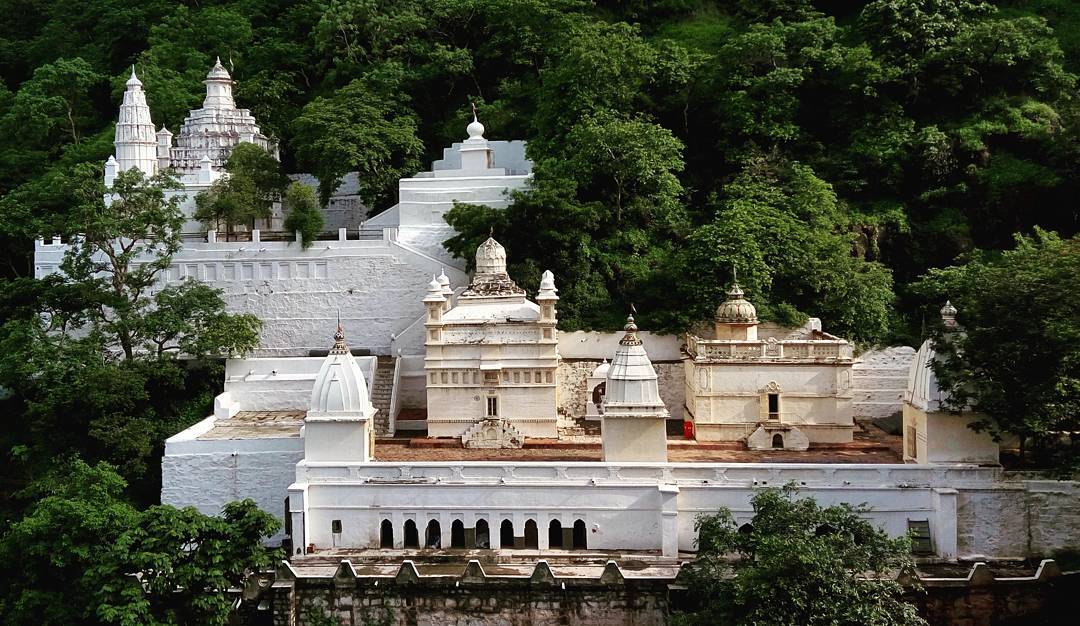
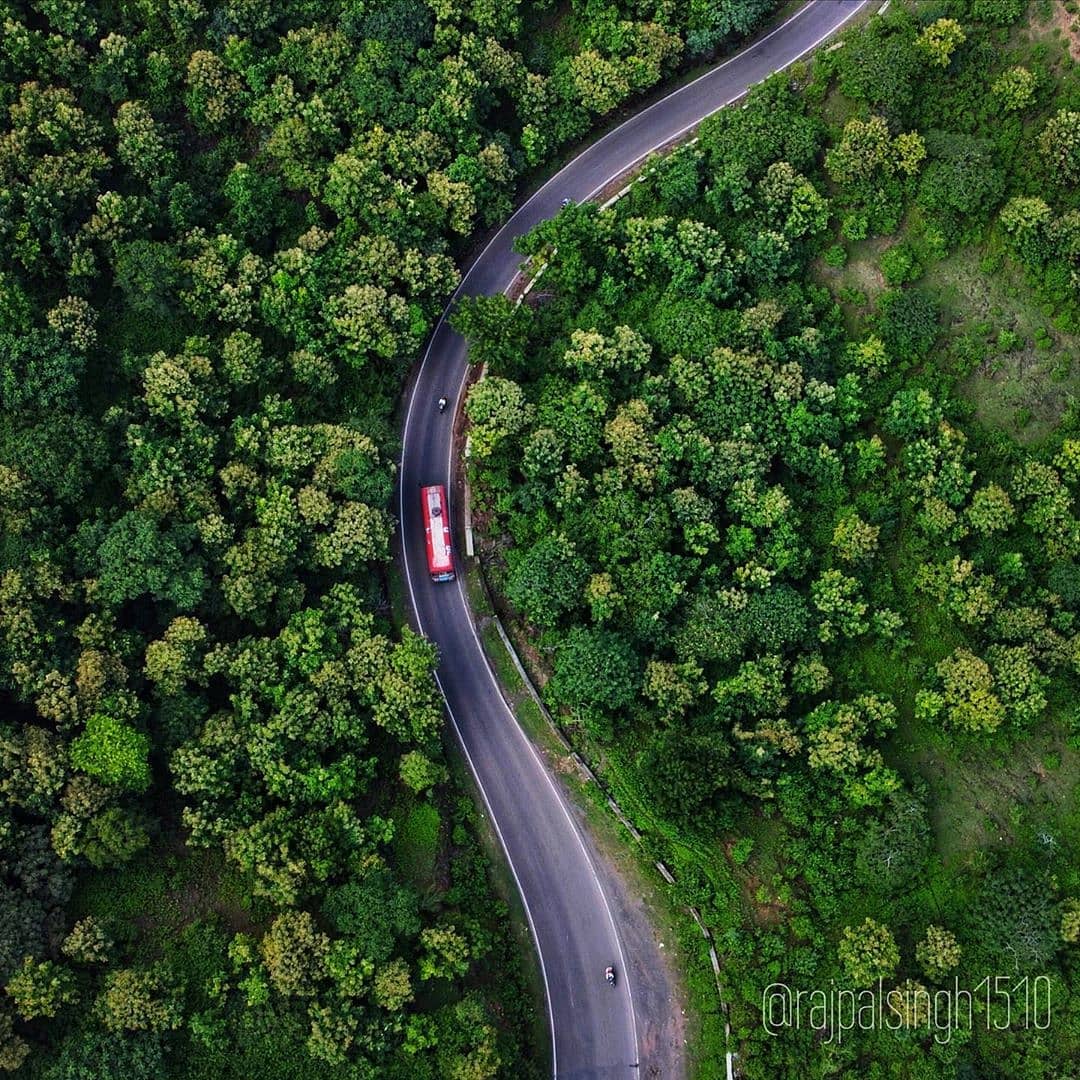
This is one of the famous and important points of the area. There is a tar road from the Bir Lake towards this valley from the north side. You can spot coffee plantations on the way while you go towards the point.
This is at 4km from Bir Lake. This is a very deep valley. The five hills edges are connected naturally which has also connected all the valleys and You can hear at least 5 reflected sounds when you give out a voice It is way too prominent here. That's why this point is known as Five Eco Point or commonly called Panchbol Point. Actually, one can hear four return voices, the fifth one is not clearly heard.
In the serene hilly terrain of Amravati District of Maharashtra, Gugamal National Park, located in the Chikhaldara and Dharni Tehsils, spreads over a whopping 1673.93 square kilometres. As a part of the Melghat Tiger Reserve, Gugamal National Park attracts tourists in large numbers; the place is known to be among the last ones to house the Indian tigers. The bamboo groves provide shelter to the wild animal where they have found a natural habitat and their numbers have increased too over the years because of strict conservation measures.
